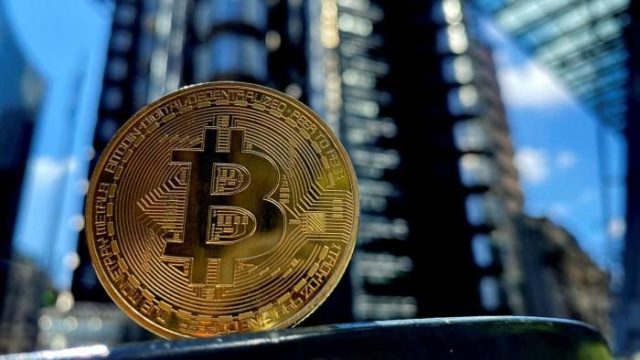- The DXY rises further after the Federal Reserve decision, trading above 105.00.
- US releases soft May PPI numbers and higher initial weekly jobless claims.
- US Treasury yields continue to decline and may limit the upside.
On Thursday, the US Dollar Index (DXY) continued its positive momentum, extending its recovery into Thursday’s session above 105.00. This followed the Federal Reserve’s (Fed) decision on Wednesday and as markets digested new May Producer Price Index (PPI) numbers and weekly initial jobless claims, which showed weaker inflation of than anticipated and a greater number of applications for unemployment benefits.
The Fed left its revisions to economic activity unchanged while improving forecasts for the Personal Consumption Price Index (PCE). The US economy is currently showing mixed signs with preliminary evidence indicating slowing inflation but a resilient labor market, which appears to have led Fed officials to project fewer rate cuts in 2024.
Daily Market Summary: DXY Reacts to Fed Decision and PPI Data
- Wednesday’s Federal Open Market Committee (FOMC) dot plot update shows just one rate cut by 2024 as the median outcome, versus the expectation of three rate cuts last March by Fed officials.
- This adjusted market expectations, which estimated between one or two cuts this year, indicating a longer period for possible rate cuts.
- The Producer Price Index (PPI) for final demand rose 2.2% annually in May, below the market expectation of 2.5%.
- The annual core PPI rose 2.3%, also below market expectations.
- Weekly jobless claims showed 242,000 for the week ending June 8, higher than initial estimates of 225,000 and last week’s figure of 229,000.
DXY Technical Analysis: Bulls Maintain Control and Reclaim SMAs
After Wednesday’s session, the indicators recovered to be in positive territory. The RSI is now above the 50 midline, and the MACD is showing green bars. Furthermore, the Index is now trading above the 20, 100 and 200 day SMAs. This extends the bullish outlook for the US dollar, following Wednesday’s sharp decline.
The Fed
The monetary policy of the United States is directed by the Federal Reserve (Fed). The Fed has two mandates: achieving price stability and promoting full employment. Your main tool to achieve these objectives is to adjust interest rates. When prices rise too quickly and inflation exceeds the Federal Reserve’s 2% target, it raises interest rates, raising borrowing costs throughout the economy. This translates into a strengthening of the US Dollar (USD), as it makes the United States a more attractive place for international investors to place their money. When inflation falls below 2% or the unemployment rate is too high, the Federal Reserve can lower interest rates to encourage borrowing, which weighs on the greenback.
The Federal Reserve (Fed) holds eight meetings a year, in which the Federal Open Market Committee (FOMC) evaluates the economic situation and makes monetary policy decisions. The FOMC is made up of twelve Federal Reserve officials: the seven members of the Board of Governors, the president of the Federal Reserve Bank of New York, and four of the eleven presidents of the regional Reserve banks, who serve for one year on a rotating basis.
In extreme situations, the Federal Reserve can resort to a policy called Quantitative Easing (QE). QE is the process by which the Fed substantially increases the flow of credit into a clogged financial system. It is a non-standard policy measure used during crises or when inflation is extremely low. It was the Fed’s weapon of choice during the Great Financial Crisis of 2008. It involves the Fed printing more dollars and using them to buy high-quality bonds from financial institutions. QE usually weakens the US dollar.
Quantitative tightening (QT) is the reverse process of QE, whereby the Federal Reserve stops buying bonds from financial institutions and does not reinvest the capital of the maturing bonds it has in its portfolio to buy new bonds. It is usually positive for the value of the US Dollar.
Source: Fx Street
I am Joshua Winder, a senior-level journalist and editor at World Stock Market. I specialize in covering news related to the stock market and economic trends. With more than 8 years of experience in this field, I have become an expert in financial reporting.







